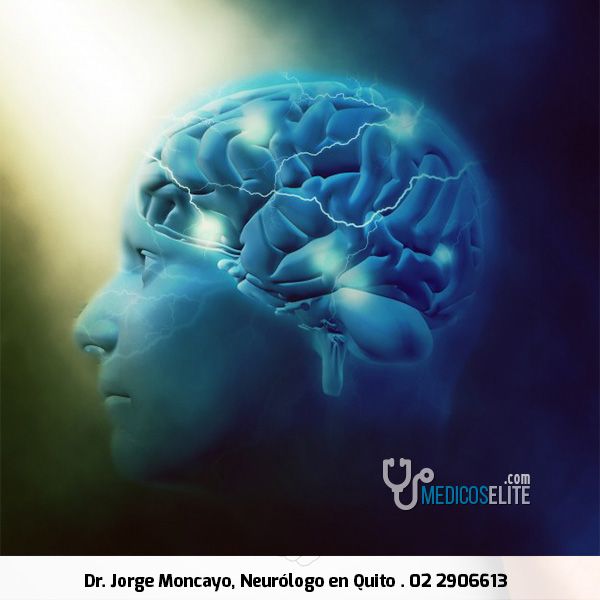
Shudder attacks الحركات التكرارية عند الاطفال الحلقة الثالثة
On day +2 after cardiorespiratory arrest, the patient presented with an episode of generalized rigidity with clonic movements and decreased level of consciousness. The electroencephalographic recording showed an ictal pattern of 1-2 minutes duration (Fig. 1).
In successive evaluations, the patient’s level of consciousness improved and the action myoclonus persisted. There were no new episodes compatible with tonic-clonic seizures. In the evolutionary controls with electroencephalographic recordings, an improvement of the basal activity was observed. The recording during abnormal movements showed muscular artifact without the presence of ictal pattern (Fig. 2). Brain magnetic resonance imaging was performed nine days after cardiorespiratory arrest and showed no signs of hypoxic-ischemic encephalopathy or other structural alterations that would justify the presence of epileptic seizures and/or myoclonus.
In the case of chronic posthypoxic myoclonus, the presence of myoclonus after cardiorespiratory arrest can have different origins: cortical, subcortical, reticular, etc. They present distal predominance and can be both positive and negative, and generate falls [3]. The recommended treatment is antiepileptic drugs, the first line being valproic acid, piracetam, clonacepam or levetiracetam.
Ben’s story – Dancing Eye Syndrome
40% of epilepsy cases are genetic. Current treatments only address the symptoms, rather than treating the underlying biological mechanisms. This is in part due to the fact that genetic approaches to the study of epilepsy have not been able to sufficiently deal with its complexities.
There are different types of epilepsy and multiple causative genes. This often hinders its diagnosis, making it necessary in the majority of cases to adopt a more global diagnostic approach using sequencing panels.
At the INSTITUTO DE ESTUDIOS CELULARES Y MOLECULARES ICM we are aware of the importance of customer satisfaction and, therefore, we have established a Quality Policy that not only allows us to comply with the most current regulations, but also allows us to improve the quality of our services. In order to promote the continuous improvement of our management system as a Molecular Biology Laboratory we have established the following principles:
ICM’s management is committed to comply with this policy and for this purpose it makes it known to the entire organization and those who work for it, ensuring that it has been understood. It also establishes the reference framework to define the objectives and goals, so it will be reviewed for its continuous adaptation.
Manthena Satyanarayana Raju | Trastornos neurológicos
Dirigir la correspondencia a: Beverley A. Orser, Department of Physiology, University of Toronto, Room 3318, Medical Sciences Building, 1 King’s College Circle, Toronto, Ontario, Canada, M5S1A8. Teléfono: 416.978.1518; Fax: 416.480.6039; Correo electrónico:
Dirigir la correspondencia a: Beverley A. Orser, Department of Physiology, University of Toronto, Room 3318, Medical Sciences Building, 1 King’s College Circle, Toronto, Ontario, Canada, M5S1A8. Teléfono: 416.978.1518; Fax: 416.480.6039; Correo electrónico:
Dirigir la correspondencia a: Beverley A. Orser, Department of Physiology, University of Toronto, Room 3318, Medical Sciences Building, 1 King’s College Circle, Toronto, Ontario, Canada, M5S1A8. Teléfono: 416.978.1518; Fax: 416.480.6039; Correo electrónico:
Dirigir la correspondencia a: Beverley A. Orser, Department of Physiology, University of Toronto, Room 3318, Medical Sciences Building, 1 King’s College Circle, Toronto, Ontario, Canada, M5S1A8. Teléfono: 416.978.1518; Fax: 416.480.6039; Correo electrónico:
Dirigir la correspondencia a: Beverley A. Orser, Department of Physiology, University of Toronto, Room 3318, Medical Sciences Building, 1 King’s College Circle, Toronto, Ontario, Canada, M5S1A8. Teléfono: 416.978.1518; Fax: 416.480.6039; E-mail:
Padres insomnes cuyo hijo tiene ataques epilépticos en su
ResumenLa enfermedad de Alexander (AxD) es una leucodistrofia rara causada por mutaciones sin sentido de la proteína ácida fibrilar glial (GFAP). Se observa principalmente en niños y jóvenes, pero puede presentarse en la edad adulta. Informamos de una familia con AxD heredada en la que la madre presentó los síntomas muchos años después que su hija. Revisamos la edad de inicio en todos los casos publicados de AxD familiar y encontramos que 32 de 34 casos de parejas de padres e hijos demostraron una edad de inicio más temprana en los hijos en comparación con los padres. Sugerimos que la anticipación genética ocurre en la AxD familiar y especulamos que el mosaicismo genético podría explicar este fenómeno.
Ammar Al-Chalabi es consultor de Mitsubishi-Tanabe Pharma, GSK y Chronos Therapeutics e investigador jefe de ensayos clínicos para Cytokinetics y OrionPharma. Todos los demás autores declaran no tener intereses en competencia.
Neurogenetics 22, 215-219 (2021). https://doi.org/10.1007/s10048-021-00642-9Download citationShare this articleAnyone you share the following link with will be able to read this content:Get shareable linkSorry, a shareable link is not currently available for this article.Copy to clipboard
